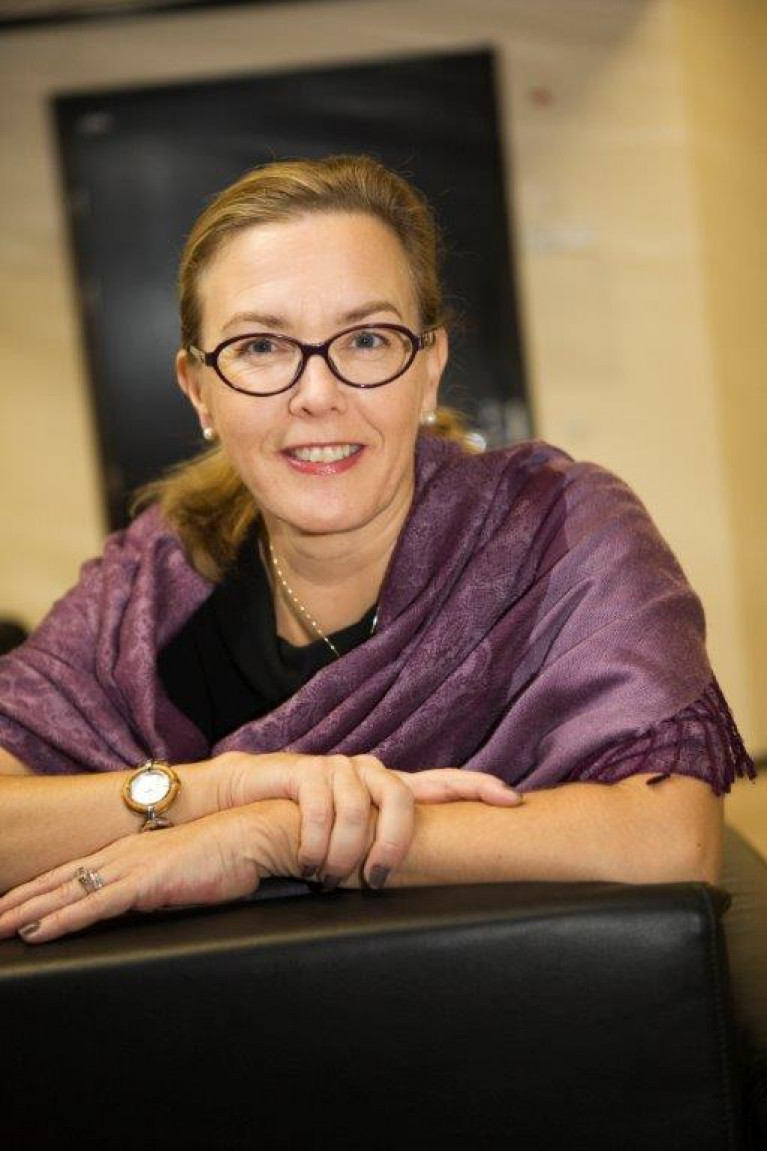Displaying items by tag: On Committees
Women participating in the European Sea Ports Organisation committees has increased in 2020 compared to the last two years, when ESPO started monitoring the gender balance of its internal meetings.
Taking all technical committees together, women represent 35,10% of the port professionals who attended ESPO meetings in 2020. This shows an overall increase of 4% compared to 2019 and 2018.
A closer analysis of the results of the different technical committees reveals that all committees have seen an increase in the share of women attending the meetings in 2020, with the exception of the Executive Committee, which saw a decline of only 2%. The Port Governance Committee, the Sustainable Development Committee and the Cruise and Ferry Port Network all had an almost equal representation of men and women at their meetings. The Blue Growth Network, which was set up in 2019, registered 59% of women attending the meetings, the highest number of all the technical committees. The newly set-up Energy Network, as well as the General Assembly and Executive Committee, gathered on average one third of women at their meetings (30%, 27%, and 34%, respectively). Women made up a quarter of port professionals attending the meetings of the Economic Analysis and Statistics Committee (25%) and the Intermodal, Logistics & Industry Committee (24%) last year.
In November 2020, the General Assembly of ESPO elected Annaleena Mäkilä, Managing Director, CEO of the Finnish Port Association, as Chair of ESPO. As Afloat reported last year, she became the first woman to chair the organisation.
The ESPO secretariat office counts more women than men (5 to 4).
Annaleena Mäkilä, ESPO Chair “In 2017, the Commission put the finger on the low percentage of women active in the transport sector. We then decided to monitor and report on the the proportion of women among the port professionals attending the different ESPO meetings. It is good to see that in most committees there is a positive development. This positive development is also reflected in the number of female chairs in ESPO. Besides our newly elected Chair, 4 committees are now chaired by a woman,” concludes Isabelle Ryckbost, Secretary General ESPO.
Since 2018, ESPO has been monitoring the gender balance through the effective attendance of port professionals to the different meetings of the organisation. The results of this monitoring are published each year on the occasion of the International Women’s Day. ESPO is also one of the founding members of the European Commission’s initiative “Women in Transport – EU Platform for change”, launched in 2017.






























































